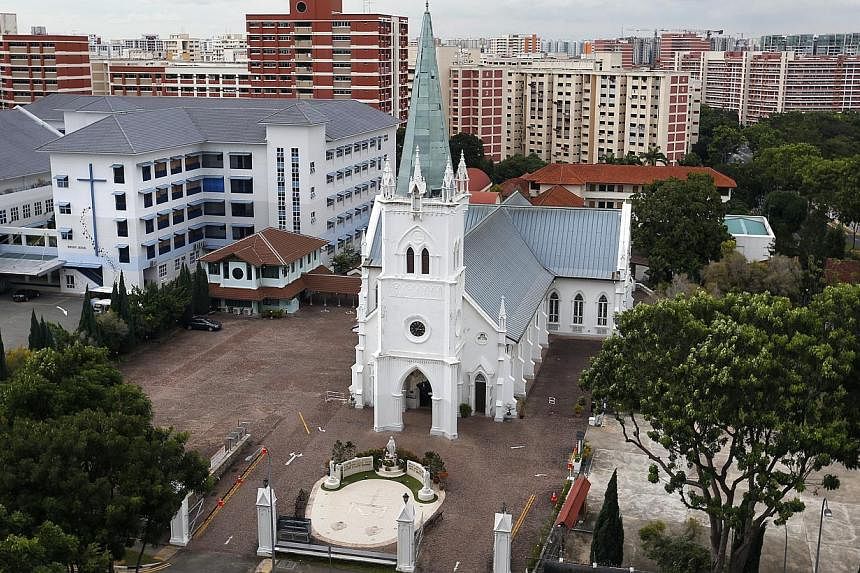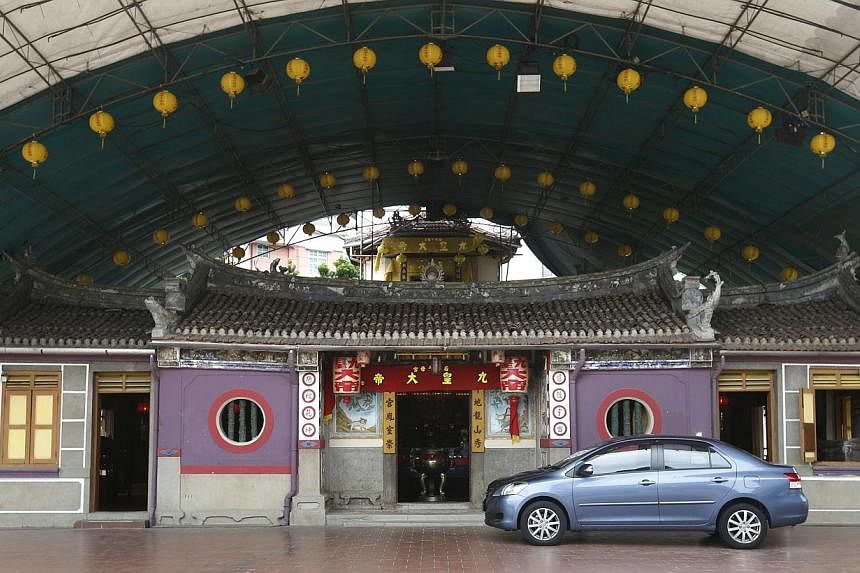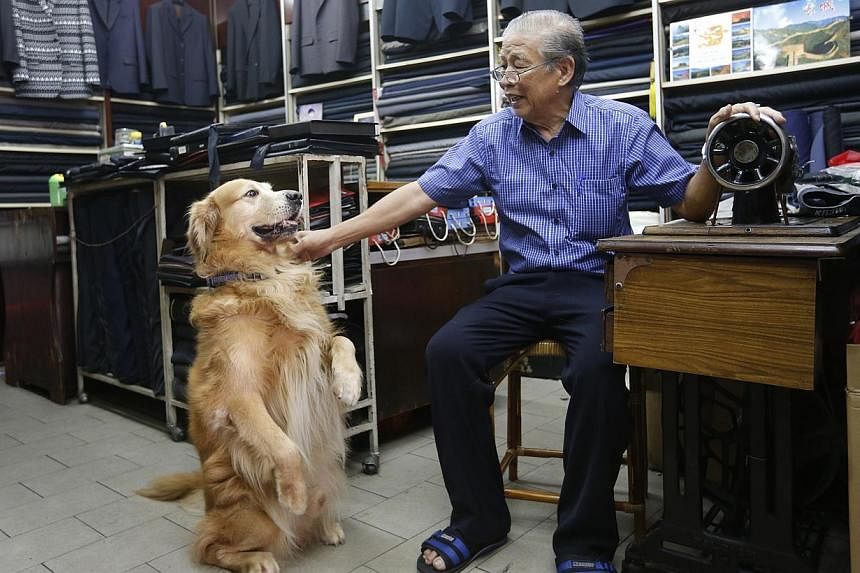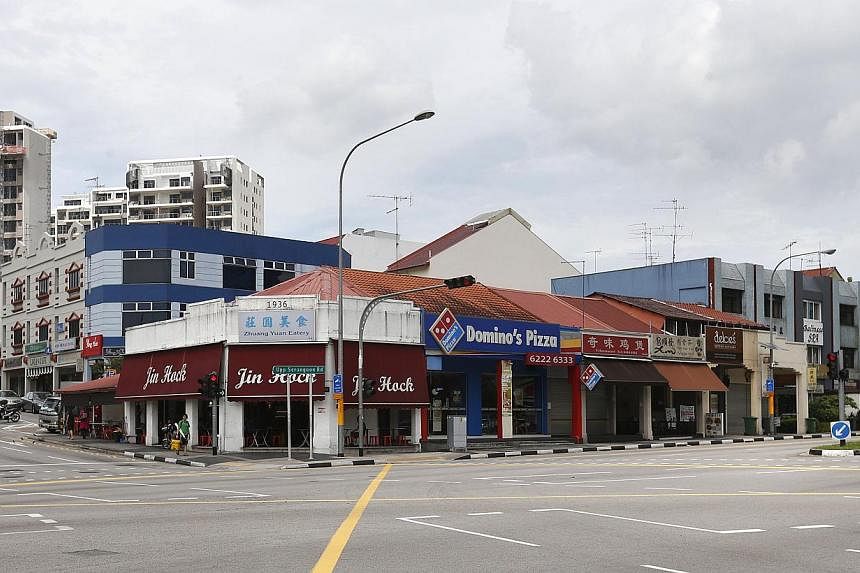UNLIKE Chinatown, Little India or Kampong Glam, few people associate Upper Serangoon Road with heritage.
But last month it was reported that the Housing Board will invest an estimated $9.5 million to develop a 4.2km stretch into a heritage corridor.
Features planned include a market square to host activities, like the former Simon Road Market in the area, as well as storyboards to pay homage to the area's past.
Indeed, the road has a rich history going back nearly 200 years.

As former Aljunied GRC MP George Yeo said of this heritage project in 2011: "Upper Serangoon Road has always been a major corridor connecting the old city centre to Singapore's north-east, which in turn was linked by the Johor Strait to the Johor River and the sea."
Along with Serangoon Road, the radial arterial road links the city to Hougang estate, cutting through the landed homes and shophouses of Serangoon and the high-rise condos of Kovan. At its north-east end is the former Kangkar ("river mouth") Port.
Dr Yeo Kang Shua, honorary secretary of the Singapore Heritage Society, said the area was one of three districts, including Sembawang and Upper Thomson, where most Teochews from China's Guangdong province settled in colonial times.
"Of course, there were the Malays and the Indians, but it was predominantly Teochew, which resulted in a very strong Teochew character in the shops and buildings," he said. "Some of the historical buildings we see today were a result of this community."
One of these is the 162-year-old Church of the Nativity of the Blessed Virgin. It took root here in 1852 as an attap chapel, before becoming a full church in 1910 to cater to a growing Teochew Catholic community of mainly farmers from Serangoon and Punggol. The church still stands today, serving some 7,000 devotees, and has a mass celebrated in Teochew every Saturday.
The Teochew influence also extends to restaurants such as Ah Seah Teochew Porridge and Yong's Teochew Kueh.
The road also boasts of two national monuments gazetted in 2005 - the 162-year-old church and the Kew Ong Yah (Nine Emperor Gods) Temple, completed by the Hokkiens in 1921 on land donated by pineapple tycoon Ong Chwee Tow.
Anecdotal accounts and temple inscriptions have it that the temple started as an altar in the Lorong Chuan home of Mr Ong Choo Kee, a migrant from Nan'an county in Fujian province.
With one other caretaker, retiree Neo Chai Guan, 73, has been sweeping the floors of the temple and clearing used candles daily for the past four years. He sees about 10 worshippers a day and the occasional tourist. But the Double Ninth Festival - the ninth day of the ninth lunar month - "is when a procession to honour the nine emperor gods will take place at the road outside the temple, which fills the surroundings with lights and sounds", he said.
Down the road from the temple is the Haji Yusoff Mosque built in 1921, and St Paul's Church built in 1936.
A shop that has weathered changing fashions is Lian Hin Tailor, opened in 1963 by Mr Cha Kim Loon, 74, who still tends the shop with his wife.
At its height in the 1960s and 1970s, Mr Cha had 20 workers in the second floor of his three-storey shophouse. "But then jeans came into fashion in the 1980s and my business gradually slowed," he said.
The shop, which has printed blouses hung on the walls, a wooden sewing machine and shelves of cloth, has just one helper now.
While shops such as Mr Cha's have stood the test of time, many others have been lost.
Mr William Soh, 75, owner of Sandhon Trading, which sells dried seafood, misses the food stalls at the former Lim Tua Tow Market and Simon Road Market. His 12-year-old business occupies one of about 10 retail shophouses close to the former Lim Tua Tow Road market, which shut in 1994.
Other historic buildings in the area have been given new life, such as the former Sin Min School. It has been a halfway house for drug addicts since 1990, called The Helping Hand.
Reusing old premises is one way to conserve the feel of Upper Serangoon Road, said Dr Yeo, although he agrees with HDB's plans. "I am not against redevelopment but any redevelopment should not change the landscape overnight. It should be gradual," he said. "The best way is to find new uses for these old buildings."




